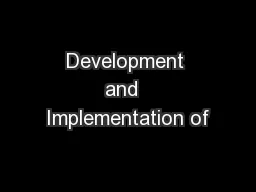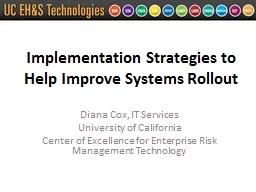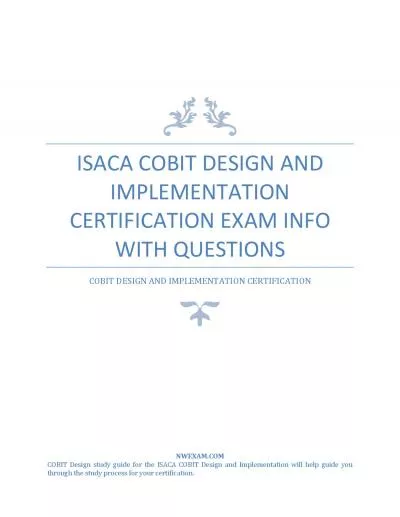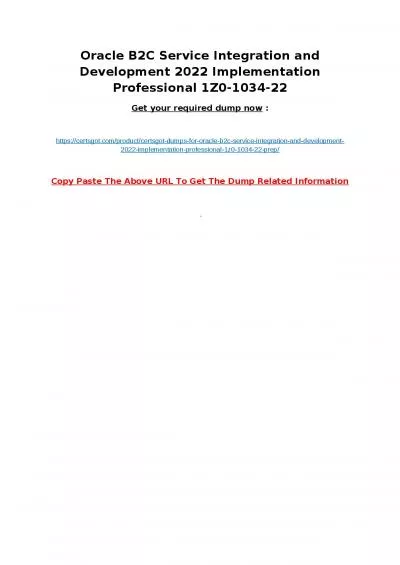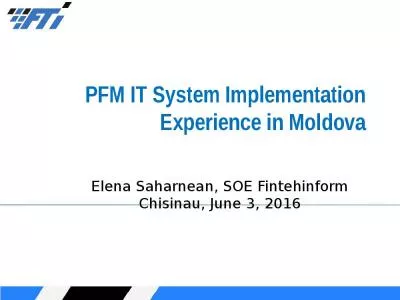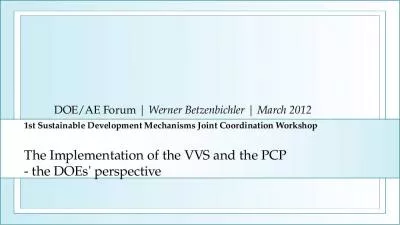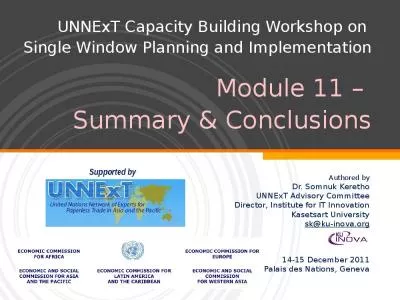PPT-Development and Implementation of
Author : liane-varnes | Published Date : 2018-11-10
Composite Load Model in WECC 2015 CIGRE Grid Of The Future Conference Presented by Dmitry Kosterev BPA 1 1980s Constant current real constant impedance reactive
Presentation Embed Code
Download Presentation
Download Presentation The PPT/PDF document "Development and Implementation of" is the property of its rightful owner. Permission is granted to download and print the materials on this website for personal, non-commercial use only, and to display it on your personal computer provided you do not modify the materials and that you retain all copyright notices contained in the materials. By downloading content from our website, you accept the terms of this agreement.
Development and Implementation of: Transcript
Download Rules Of Document
"Development and Implementation of"The content belongs to its owner. You may download and print it for personal use, without modification, and keep all copyright notices. By downloading, you agree to these terms.
Related Documents

